My Breakthrough Yoga Pose
Six instructors share their most hard-won poses, and the lessons learned along the way.
Related: Why Yogis Need Their Own Beauty Products
We know that we should spend time in the yoga studio focused on our own practice. But sometimes a little coveting is unavoidable, like when the instructor sweeps into grasshopper pose effortlessly while we’re seemingly stuck in crow. It’s helpful to remember that even the most limber yogisweren’t born with superior balance and flexibility—they worked on it. So we went to some of our favorite Equinox yoga instructors to find out which forms were the toughest to achieve and what they learned in the process. Read on.
Related: Video: The Desert Yogi
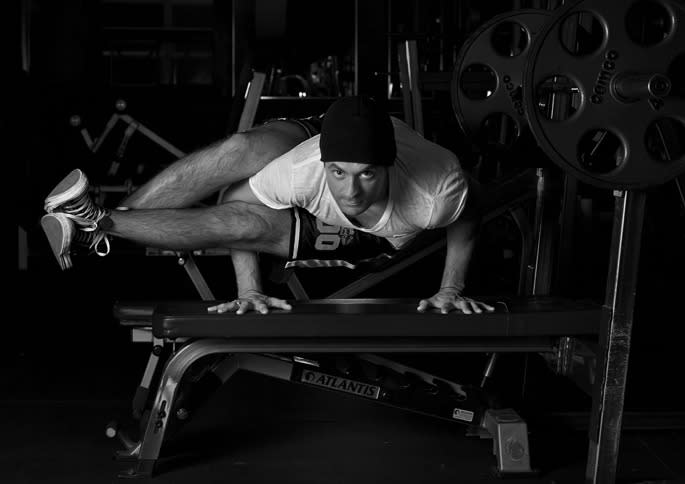
(1) Michael DeCorte, founder of Jock Yoga and Equinox yoga instructor in Toronto
Pose: Astavakrasana (eight-angle pose or elephant trunk)
“It’s such an intense-looking pose I had a hard time believing I had the flexibility or movement ability to achieve it. I finally had an epiphany that I wasn’t listening to my teachers’ cues. When I finally achieved it, I was humbled at the realization that I could benefit from listening more and not just jumping into something I know nothing about. This process helps me relate to my students better, because I can describe, step-by-step, my own frustrations, growth and realizations about following cues, and in turn, they might just try listening to mine!”
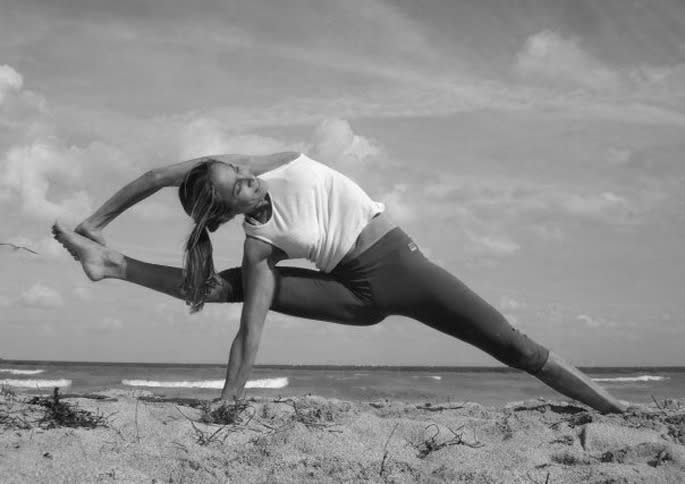
(2) Gradiva Ciani, Equinox yoga instructor in Miami
Pose: Visvamitrasana (twisting and soaring Visvamitra’s pose)
“When I first started practicing this complex asana, which involves arm balancing, hip and shoulder opener and hamstring stretch, it felt awkward. Also, I’m a former volleyball player and have many chronic issues with my shoulders. I had to dedicate extra time to warm up and find creative ways to modify by using props. It took time and effort, but when I finally did, I felt joy. It was an empowering transition to go from awkwardness and discomfort to grace. The days that I get into the pose easily, I feel grateful. The bad ones give me the opportunity to work on patience, acceptance and compassion.”
Related: The 5 Arm Balances You Must Master
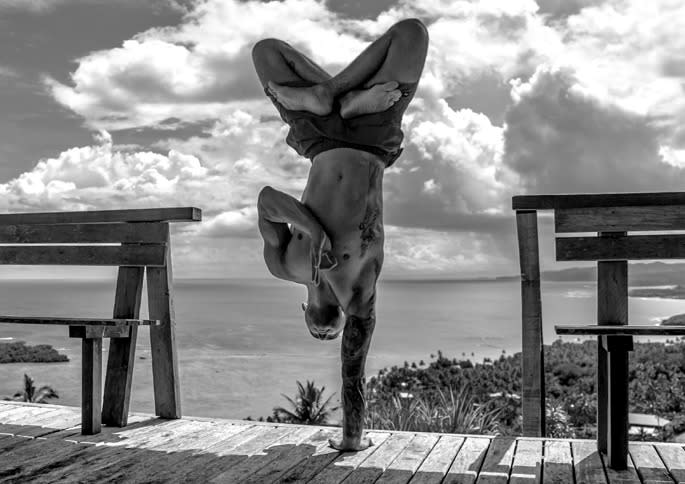
(3) Dylan Werner, Equinox yoga instructor in LA
Pose: Padmasana (lotus pose)
“It took me over two years to get. It’s all about gaining flexibility in the hips and I’d stretch everyday in poses like pigeon or half lotus. Yet by the time I achieved it, I had grown enough in my practice that I wasn’t so attached to obtaining goals—I was happier with what I was learning while trying to achieve the pose. Goals are good, but just setting our sights on them can be self-depreciating. Focus on the journey and trust the practice. That way our daily victory comes through doing the practice, rather than reaching a one-time goal.”
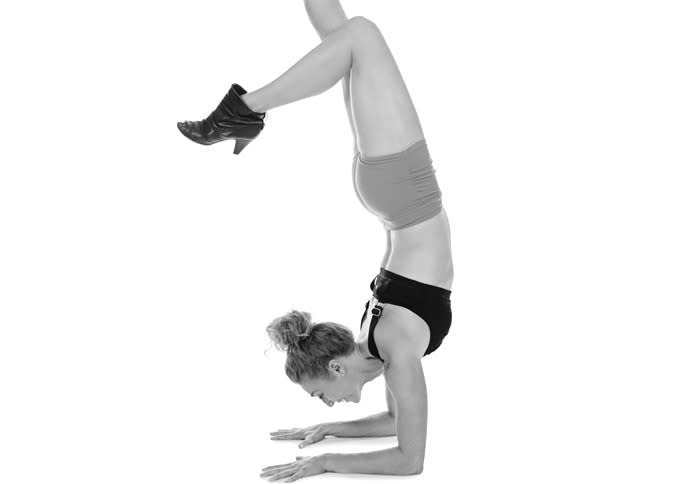
(4) Sarra Morton, Equinox New York City Yoga Coordinator
Pose: Pincha Mayurasana (forearm stand)
“There’s rarely a shortcut to mastering a pose. Usually you have to either start from scratch or re-learn your approach. In my case, I had to accept that “kicking up” was never going to get me away from the wall and into the middle of the room, and I had to lift into it. It was a much different feeling of walking my feet close to my arms and lifting through my core slowly to where I could balance. It didn’t happen overnight, but it did eventually happen. Yes, there was a feeling of accomplishment, but there’s always something I can’t do. Which is why even though I am a teacher, I will forever be a student first.”
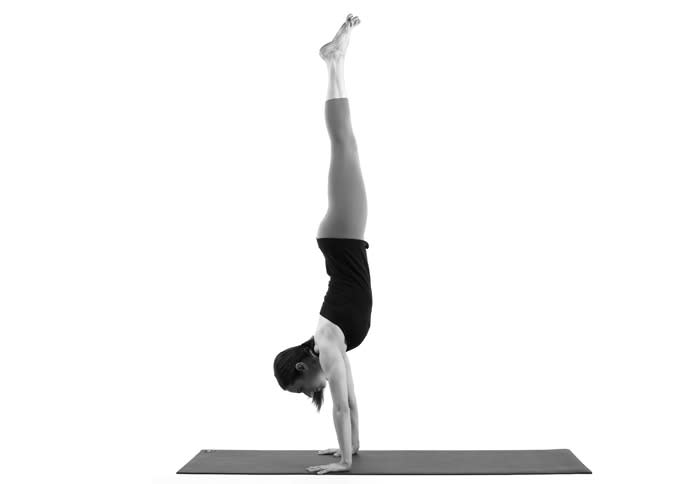
(5) Allison English, Equinox instructor in Chicago
Pose: Adho Mukha Vrksasana (handstand)
“It took me a long time to master handstand, and even today I fall out of it regularly. I started trying with the help of my teacher Ana Forrest, who spotted me for years and taught me how to deconstruct the biomechanics, energetic and mental blocks that got me into the pose finally. In having to inhabit an uncomfortable emotion for a long period of time—fear—I learned how to work in this range of emotion. I left this process able to be more empathetic to the emotional side of a student’s experience during yoga. Poses are like mini life experiences—how you respond in a pose is how you’re going to respond to the same type of experience off the mat.”
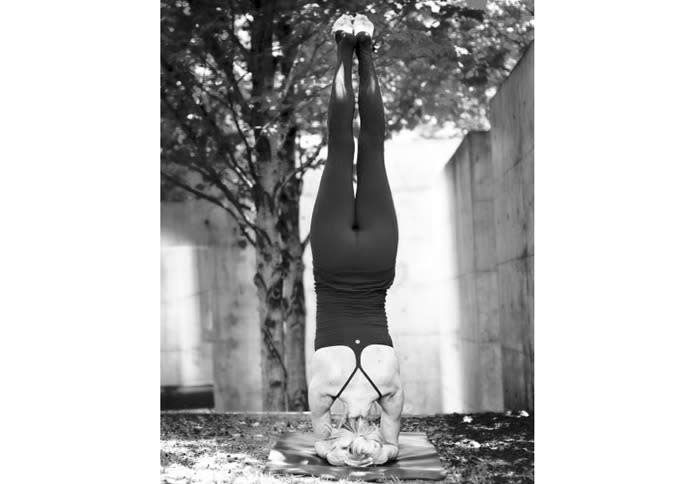
(6) Shelley Beeson, Equinox yoga instructor in Dallas
Pose: Solumba Sirsasana (headstand)
“When I first began my yoga journey, I had a fear of falling. I would always go near the wall or wait for the instructor to spot me. The process was emotional. I knew I was physically strong and capable, but the voice in my head said, ‘I can’t.’ As I would practice, I whispered in my head, ‘I can—I am strong enough to balance.’ That provided a great sense of empowerment. As my students practice, I speak words of encouragement. I hope they listen. Maybe my voice will stick and hopefully they will believe in themselves and have the courage to try.”
By: Marjorie Korn

